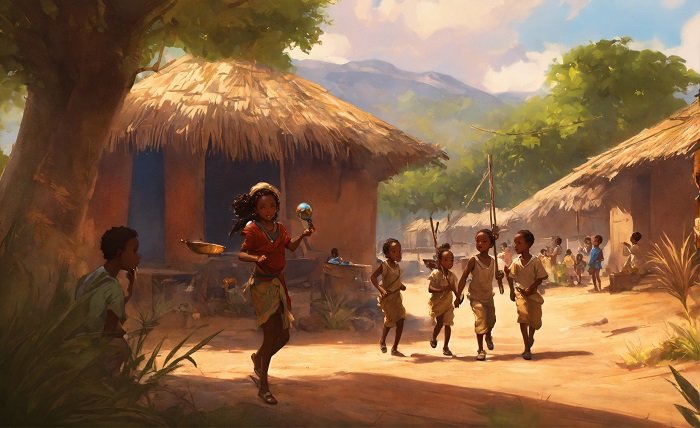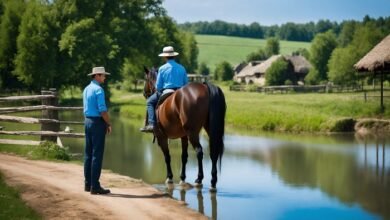Burkina Faso Turf: The Essence of a Growing Industry

Introduction
Burkina Faso, a landlocked country in West Africa, is known for its rich cultural heritage and diverse landscapes. Among its many agricultural ventures, Burkina Faso turf stands out as a growing industry with significant potential. This blog post delves into the various aspects of Burkina Faso turf, exploring its development, benefits, challenges, and future prospects. With ten detailed subheadings, we will provide a comprehensive understanding of this burgeoning sector.
The Emergence of Burkina Faso Turf Industry
The emergence of Burkina Faso turf industry marks a significant milestone in the country’s agricultural evolution. Initially driven by the need for better landscaping solutions and sports facilities, the turf industry has gradually gained traction. Burkina Faso turf is now recognized for its quality and sustainability, attracting interest from both local and international markets.
Agricultural Significance of Burkina Faso Turf
The agricultural significance of Burkina Faso turf cannot be overstated. Turf farming has introduced new farming techniques and provided farmers with an alternative source of income. The cultivation of Burkina Faso turf has led to improved soil health and better water retention, contributing to the overall agricultural productivity of the region.
Economic Impact of Burkina Faso Turf Industry
The economic impact of Burkina Faso turf industry is profound. The sector has created numerous job opportunities, from farming to distribution and sales. Additionally, the export potential of Burkina Faso turf has opened up new revenue streams for the country, boosting its economy. The industry’s growth has also spurred investments in related sectors, such as irrigation systems and agricultural machinery.
Sustainable Practices in Burkina Faso Turf Farming
Sustainable practices in Burkina Faso turf farming are essential for the industry’s long-term success. Farmers are adopting eco-friendly methods, such as organic fertilizers and integrated pest management, to ensure the health and sustainability of Burkina Faso turf. These practices not only protect the environment but also enhance the quality of the turf, making it more appealing to consumers.
Challenges Facing Burkina Faso Turf Industry
Despite its potential, the Burkina Faso turf industry faces several challenges. Climate change poses a significant threat, with unpredictable weather patterns affecting turf growth. Additionally, limited access to modern farming equipment and high-quality seeds hampers productivity. Addressing these challenges is crucial for the sustained growth of Burkina Faso turf industry.
Government Policies and Support for Burkina Faso Turf
Government policies and support play a pivotal role in the development of Burkina Faso turf industry. Initiatives aimed at providing subsidies, training, and infrastructure development have been instrumental in promoting turf farming. The government’s commitment to supporting the sector is evident through various programs designed to enhance the competitiveness of Burkina Faso turf in the global market.
The Role of Technology in Burkina Faso Turf Farming
The role of technology in Burkina Faso turf farming is increasingly important. Innovations such as precision farming, automated irrigation systems, and advanced breeding techniques are transforming the way turf is cultivated. These technological advancements not only improve efficiency but also help farmers achieve higher yields and better quality Burkina Faso turf.
Importance of Burkina Faso Turf in Landscaping
The importance of Burkina Faso turf in landscaping is growing, with more urban areas and public spaces opting for natural grass solutions. Turf provides an aesthetically pleasing and environmentally friendly option for beautifying cities and towns. The use of Burkina Faso turf in landscaping projects enhances green spaces, contributing to the overall well-being of the community.
Burkina Faso Turf in Sports and Recreation
Burkina Faso turf is increasingly being used in sports and recreation. High-quality turf is essential for creating safe and durable playing surfaces for sports such as football, golf, and athletics. The demand for Burkina Faso turf in sports facilities is on the rise, driven by the need for better playing conditions and the country’s growing interest in promoting sports and physical activities.
Future Prospects of Burkina Faso Turf Industry
The future prospects of Burkina Faso turf industry are promising. With continued investment in research and development, the industry is poised for significant growth. Embracing sustainable practices, leveraging technology, and enhancing government support will be key to unlocking the full potential of Burkina Faso turf industry. As the sector evolves, it will play an increasingly vital role in the country’s agricultural and economic landscape.
Conclusion
Burkina Faso turf industry is a dynamic and evolving sector with immense potential. From its agricultural significance to its economic impact, the industry offers numerous benefits. However, challenges such as climate change and limited resources need to be addressed. With the right support and sustainable practices, Burkina Faso turf can become a cornerstone of the country’s economy and a symbol of its agricultural prowess. As we look to the future, the prospects for Burkina Faso turf industry remain bright, promising growth and prosperity for all stakeholders involved.
FAQs
1.What is Burkina Faso turf?
Burkina Faso turf refers to the cultivated grass used for landscaping, sports fields, and recreational areas in Burkina Faso. It is known for its quality and sustainability.
2.How is Burkina Faso turf cultivated?
Burkina Faso turf is cultivated using various farming techniques, including organic fertilizers, integrated pest management, and advanced irrigation systems to ensure high-quality turf production.
3.What are the benefits of Burkina Faso turf?
The benefits of Burkina Faso turf include improved soil health, better water retention, job creation, and increased agricultural productivity. It also enhances the aesthetic appeal of urban areas and provides safe playing surfaces for sports.
4.What challenges does the Burkina Faso turf industry face?
The challenges include climate change, limited access to modern farming equipment, and high-quality seeds. Addressing these issues is crucial for the sustained growth of the industry.
5.What is the future of Burkina Faso turf industry?
The future of Burkina Faso turf industry is promising, with potential for significant growth through continued investment in research, sustainable practices, and government support.





